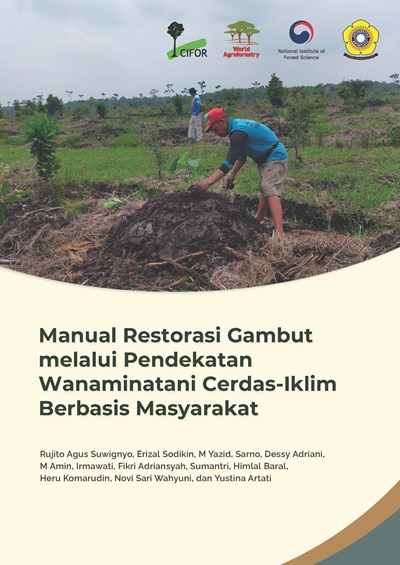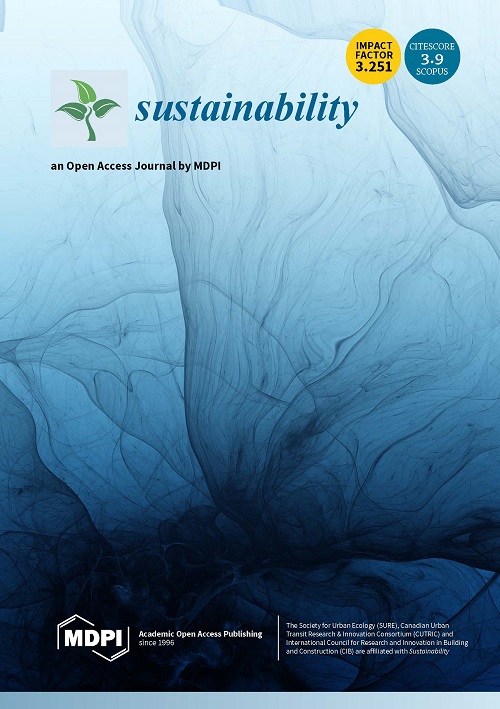The objective of this chapter is to provide a better understanding of the interlinkages, trade-offs and synergies between adaptation and mitigation, building on the work of the Intergovernmental Panel on Climate Change (IPCC) Fourth Assessment Report. The chapter elaborates on three different perspectives for assessing the two domains and illustrates these with examples from the ADAM research: the analysis of mitigation and adaptation in the European energy system based on integrated assessment models; mitigation and adaptation opportunities and barriers in the context of urban planning to reflect on social learning and capacity building; and an analysis of present and future climate governance challenges in the EU as an example of institutional policy analysis. In an explorative section, the chapter then provides a meta-analysis of European climate policies of the past ten years. The analysis shows that the inter-relationships between the two domains of adaptation and mitigation are complex and may involve different temporal, spatial and organisational scales. This leads us to conclude that:(i) mitigation efforts today may lead to climate vulnerabilities in the future if the life cycles specific to each sector are not adequately taken into account; (ii) development of response capacity in one domain does not lead to capacity in the other because adaptation and mitigation involve mostly different sectors, actors and institutions; (ii) climate impacts may lead to growing welfare inequalities, which can be balanced through co-ordinated policies at higher levels, but which need to overcome existing institutional barriers; and (iv) synergies between adaptation and mitigation are most easily found where mitigation efforts are reinforced by behavioural changes, which lead to an overall increase in resilience by implementing broad concepts of sustainability. Further consideration of these adaptation-mitigation linkages is a research priority. Policy innovation will be needed to capture synergistic benefits and avoid the introduction of new climate vulnerabilities or accelerated emissions of greenhouse gases


















